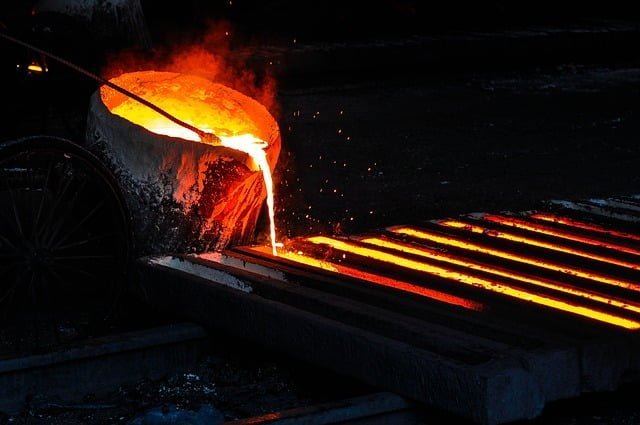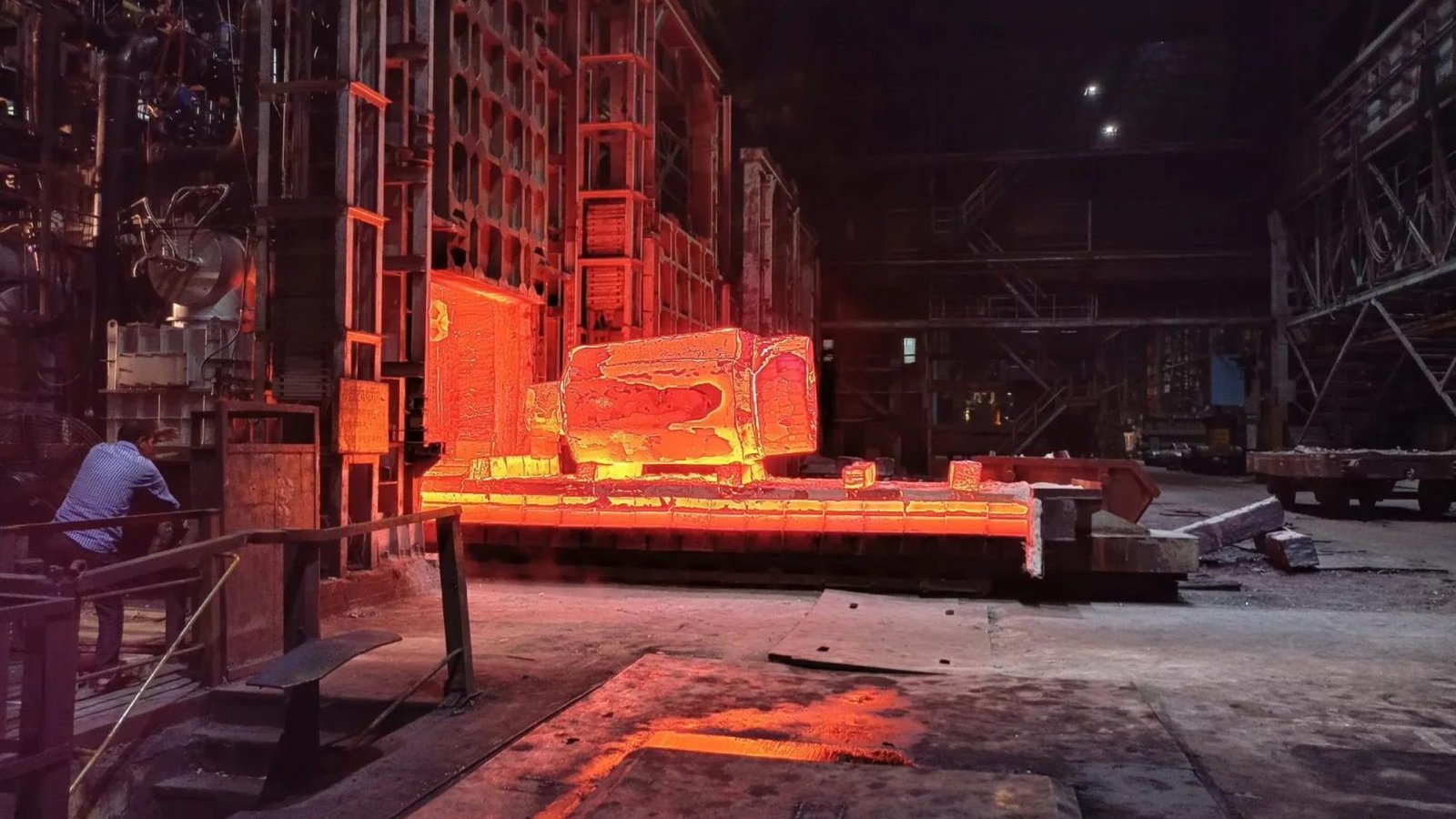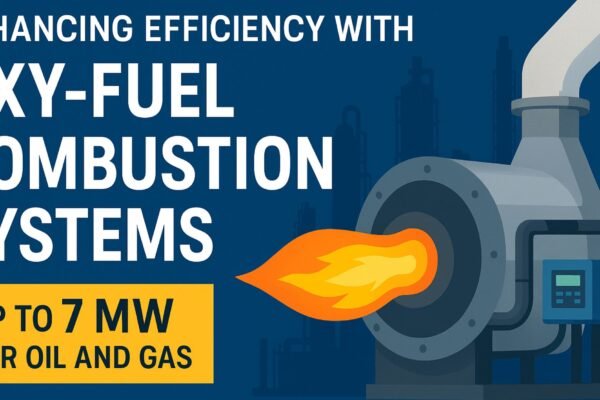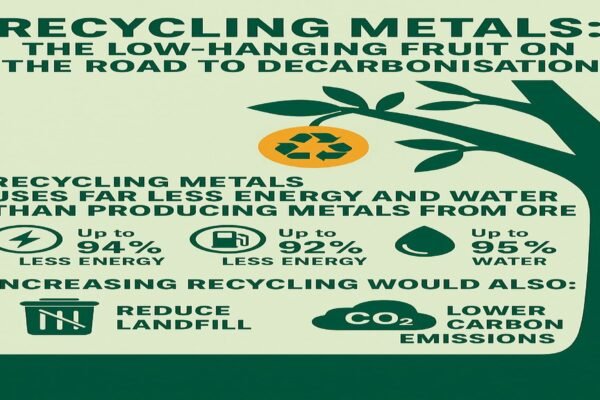Burners are sometimes mistaken merely as a combination of pipes through which fuel and air flow, creating a flame at the other end. This view is overly simplistic and overlooks the intricate design and critical importance of burners in combustion systems. Detailed specifications, including the type of application, desired flame characteristics, and process parameters, are crucial for designing a burner that meets the specific needs of the process. These common misconceptions about burners overlooks the complexity and importance of burners in combustion systems. At ENCON Thermal Engineers Pvt Ltd, we recognize that burners are the cornerstone of any thermal application, with their design and selection being critical to successful commissioning.
Understanding Burners: Beyond Pipes and Flames
Why Burners Matter
The performance and efficiency of a combustion system heavily depend on the type of burner used. Burners are not one-size-fits-all; they must be tailored to the specific needs of the application. Factors like flame length, process temperature, air preheat temperature, gas and air pressures, and the desired heat distribution all play a crucial role in determining the appropriate burner design.
Some of the Key Factors in Burner Design
Application Details
- Whether it’s reheating furnaces or ladle preheaters, each application requires a unique burner design.
- Flame Characteristics
- Flame Length: Critical for ensuring the flame reaches the necessary parts of the furnace or vessel.
- Flame Intensity: Determines how quickly and effectively the material is heated.
- Flame Shape: Must be suited to the application’s requirements, whether it’s a long, lazy flame or a short, intense one.
- Process Parameters
- Thermal Load: The total amount of heat energy required for the process.
- Air and Gas Pressure: Affect the combustion efficiency and flame stability.
- Preheat Temperature: Preheating the air can significantly improve burner efficiency and reduce fuel consumption.
Some Types of Burners and Their Applications
- Application: Common in high-temperature industrial processes.
- Benefits: Utilize waste heat to preheat combustion air, enhancing energy efficiency.
- Application: Used in processes requiring high thermal efficiency.
- Benefits: Alternate between two heat exchangers, allowing continuous heat recovery.
- Low NOx Burners
- Application: Ideal for industries with stringent emission regulations.
- Benefits: Minimize nitrogen oxide emissions, reducing environmental impact.
- Flat Flame Burners
- Application: Suitable for heat treatment processes.
- Benefits: Provide a broad, even flame, ensuring uniform heating.
- Application: Used in applications needing very high temperatures.
- Benefits: Enriching the flame with oxygen increases combustion efficiency and reduces fuel consumption.
Conclusion
Burners are far more than simple assemblies; they are sophisticated components that play a vital role in the performance and efficiency of combustion systems. At ENCON Thermal Engineers Pvt Ltd, we take pride in our thorough and meticulous approach to burner design, ensuring that each solution is perfectly suited to its intended application.
Understanding the complexity and importance of burner design can lead to more informed decisions and better outcomes in thermal applications. For any inquiries or detailed discussions about your specific burner needs, feel free to reach out to us at ENCON Thermal Engineers Pvt Ltd.
Engage with Us
We’d love to hear your thoughts on burner design and the challenges you face in your thermal applications. Share your experiences or ask questions in the comments below.







